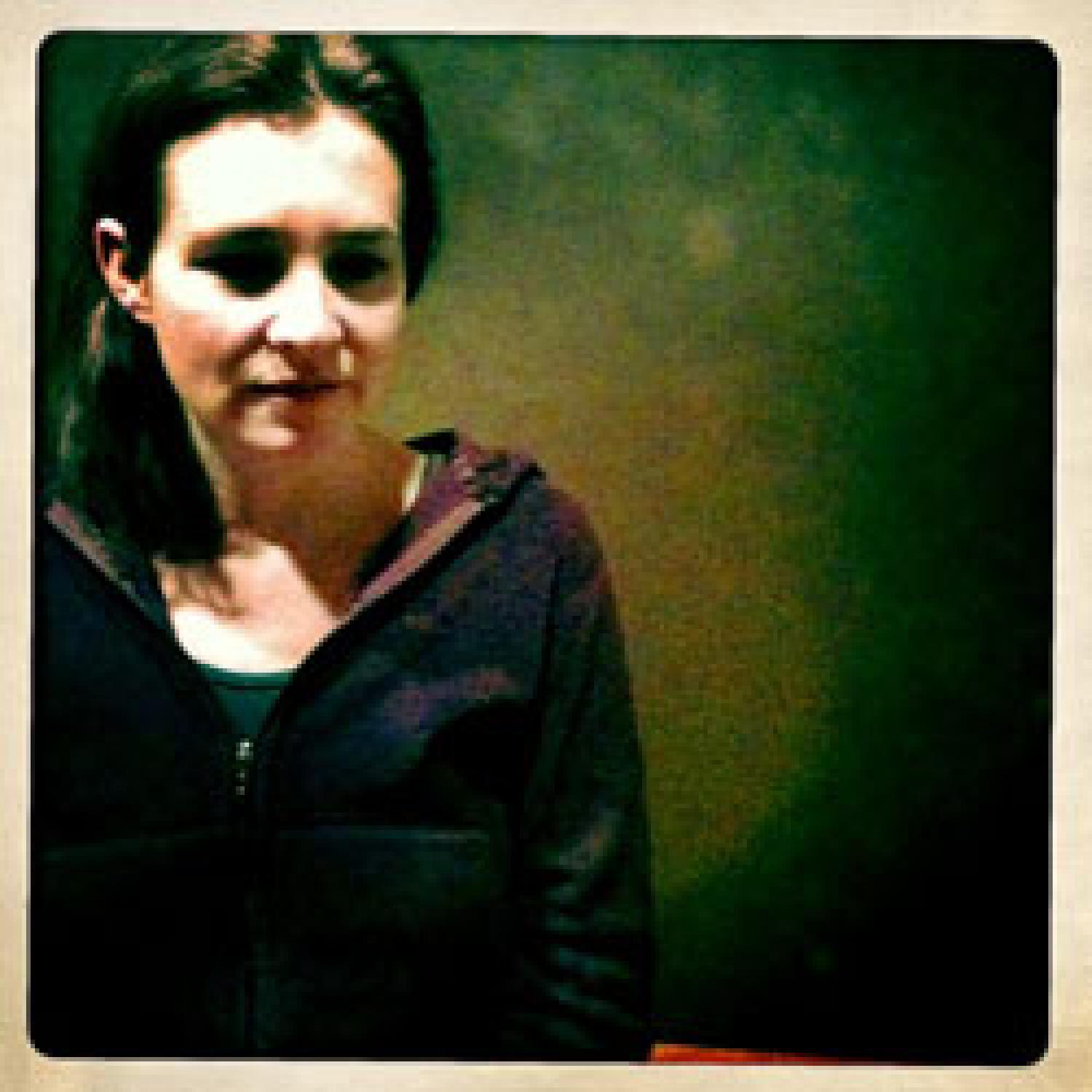Cinema’s triumphant return to the wild
As film’s silent era came to a close, it took with it location-based shooting and, thus, wilderness landscapes. The new sound-recording equipment was too cumbersome and delicate to travel outside the controlled confines of a studio.
It wasn’t until after World War II that wilderness landscapes and location-based shooting began to make a slow but steady comeback in films. A pivotal film that marked the shift back outside highlighted the narrative power of landscape, a University of Colorado faculty member contends.
This is one theme explored as CU Film Studies Assistant Professor Jennifer Peterson analyzes the landmark film “Leave Her to Heaven.” Peterson analyzes the film in an article titled “The Front Lawn of Heaven: Landscape in Hollywood Melodrama circa 1945,” which was recently published in the film journal Camera Obscura.
Peterson makes the case that landscapes not only made a return to film in postwar production, but that they made a spectacular return to become an essential part of the story. This was certainly the case in “Leave Her to Heaven,” a film that utilized both on-location filming and Technicolor.
“Shot in Technicolor and mostly on location, ‘Leave Her to Heaven’ dramatizes several key issues of the era—work, leisure, and sex—by staging its action against spectacular natural backdrops. Like nature itself, the main character is portrayed as a tempestuous and unpredictable force that exceeds the boundaries of domesticity and moral certitude,” Peterson states.
The protagonist is Ellen Berent, played by star actress Gene Tierney.
Ellen is a ruthlessly evil character whose envy of anybody close to her newly wedded husband, Richard, becomes the driving force behind her dastardly actions.
Over the course of the film, she watches Danny, her disabled brother-in-law, drown, throws herself down a staircase, causing the miscarriage of her unborn child, and finally kills herself in an attempt to frame her cousin Ruth, whom she suspects of having feelings for Richard.
Many of the scenes that most define Ellen’s character take place in grand settings in the wilderness.
“Ellen’s actions are carried out against the backdrop of magnificent landscapes, making her evil actions look grand,” Peterson writes.
This is no more apparent than the scene where Ellen watches Danny drown. Peterson paints the picture this way:
“Danny’s death reveals Ellen’s irredeemable villainy. But significantly, the scene is presented without music. Ellen has taken Danny out for a swim on the lake; we hear boat oars hitting the water while Danny paddles ahead of her. As Danny begins to cry out that the water is cold, that he has a cramp, Ellen does not respond. Danny flails about desperately and goes under, drowning.”
Peterson contends that the lack of music in the scene is a major reason for its success.
“The scene would have been more ‘legible’ if it had a soundtrack, since music in melodrama is often a device to tell the audience what to feel. By keeping this moment non-musical, it becomes a more ambiguous and purely visual spectacle,” she says.
It is precisely this “visual spectacle” that helps define nature as a key player in the scene rather than an innocent bystander. “In this scene, the landscape is not merely excessive or subordinated to narrative, because it is literally the landscape that murders as Ellen lets nature take over and kill Danny for her,” Peterson explains.
This scene perfectly illustrates the impact landscape can have as a major player in cinema. According to Peterson, “Sergei Eisenstein, who was one of the first to theorize film sound, argued that landscape can function like music in cinema.”
This was indeed an important coming-of-age for film, and exactly what the filmmakers were trying to achieve in this scene.
Peterson elaborates, “As Technicolor color consultant Natalie Kalmus explained: ‘The goal … was to produce a color score, like a musical score, that “amplifies the picture” by matching color to the “dominate mood or emotion” of a sequence.’”
Even though post-war production saw an increase in location-based shooting, it was still the exception rather than the norm. Technicolor was even rarer and reserved for big-budget films.
“Given the exceptional nature of location shooting and Technicolor in this era, it follows that they were used together quite rarely,” Peterson points out.
The fact that “Leave Her to Heaven” was shot both on location and in Technicolor made it a standout film in the mid-1940s.
“For ‘Leave Her to Heaven,’ an elaborate A-budget strategy was devised involving the usual trapping of stars and high production values, while location shooting and Technicolor set the film apart from others in 1945-46,” Peterson says.
The success of this strategy was not only noted by many critics, but also by the box office, where the movie saw great commercial success.
“’Leave Her to Heaven’ played a pivotal role for the Hollywood film industry, since it was such a box-office success. It helped Gene Tierney’s career, and it helped the career of numerous other personnel who worked on the film, several of whom were nominated for Oscars,” Peterson explains.
Tierney was nominated for, but didn’t win, Best Actress. Director of photography Leon Shamroy won an Oscar for Best Cinematography (color). In addition, there were several other nominations for various members of the crew.
The film ends as Richard, Ellen’s now-widowed husband, and Ruth, who was recently vindicated of any involvement in Ellen’s death, are reunited at the cabin where most of Ellen’s transgressions took place. The landscape provides a stark reminder of her evil doings.
“As the sun sets, the brilliance goes out of the landscape, and it seems that heaven’s front lawn has been trimmed and fumigated,” Peterson concludes.


